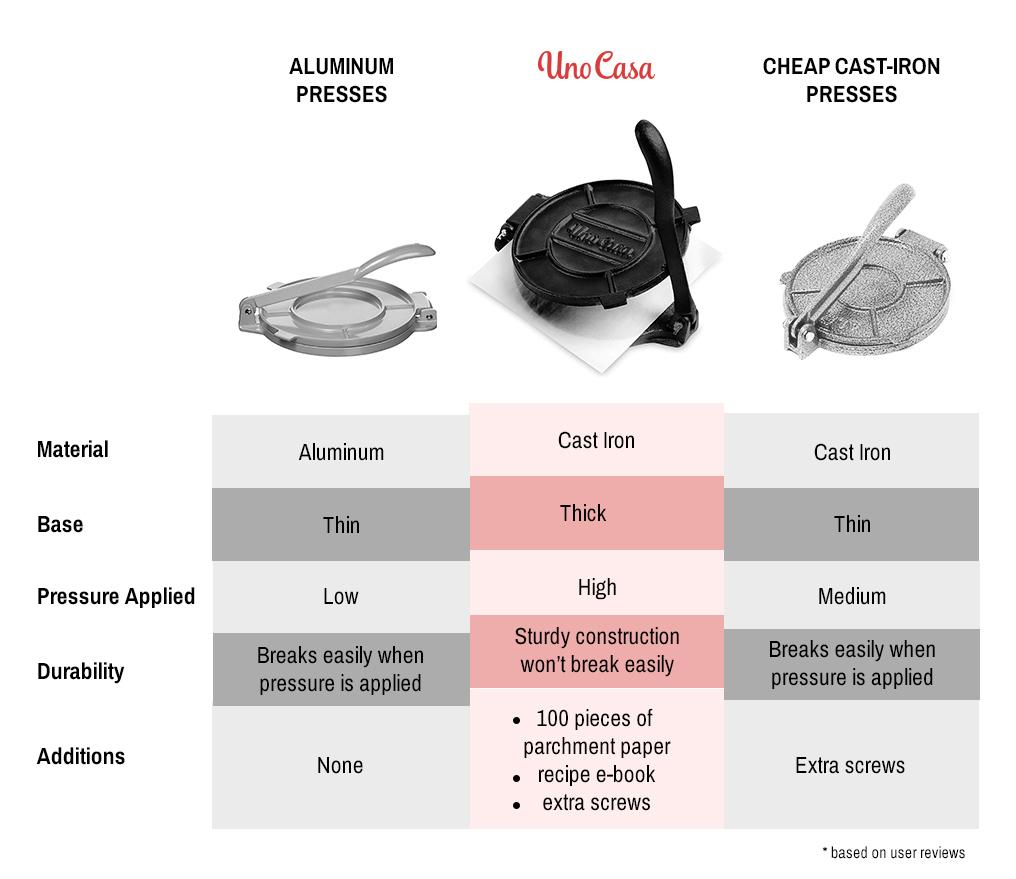We offer free shipping in the US & EU* Learn More
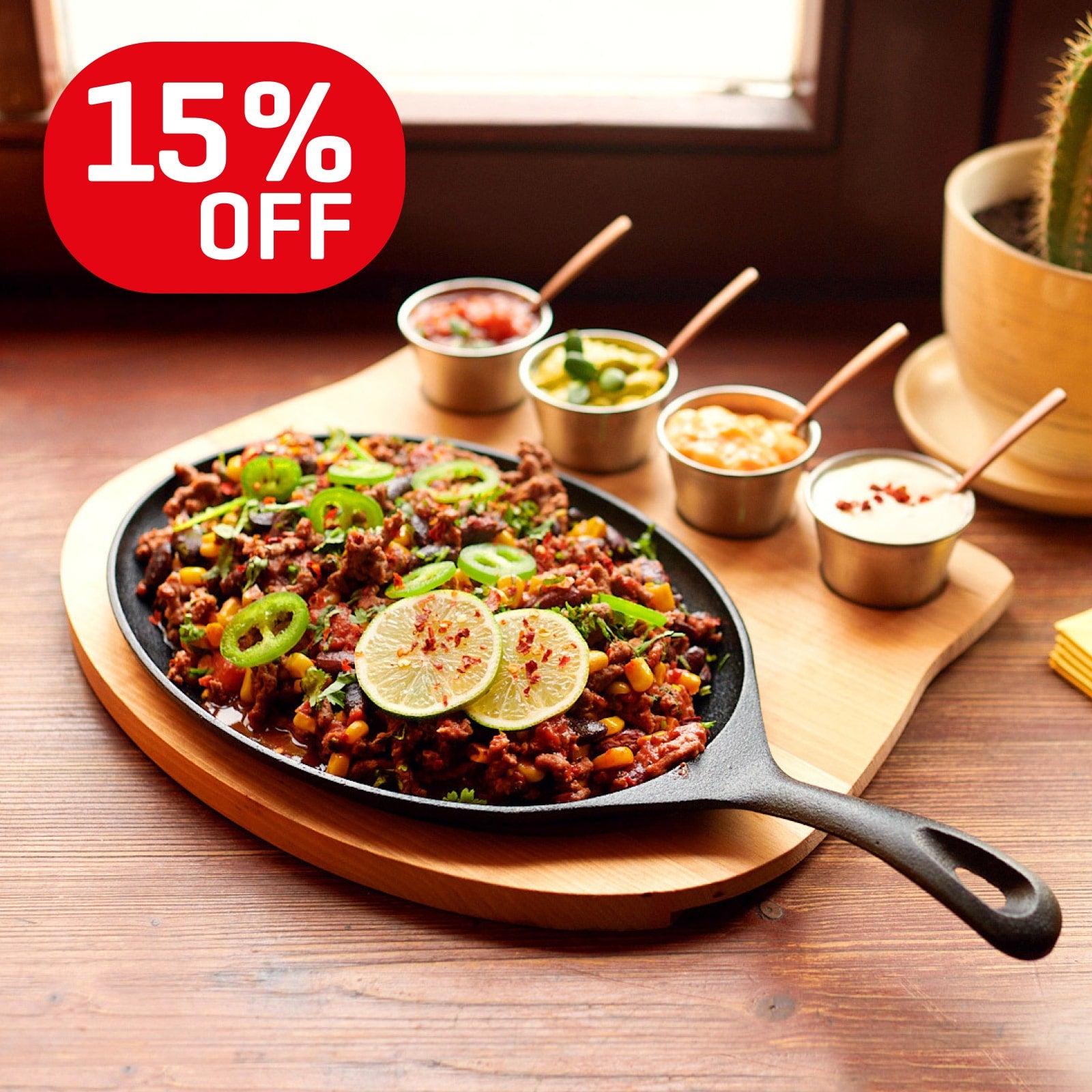
Use the code 15FAJITA at checkout on Amazon
Fall in love with fajitas!
BUY NOW!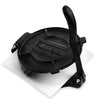

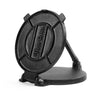

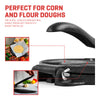
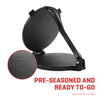

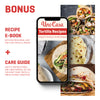
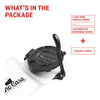

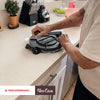
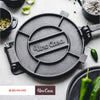
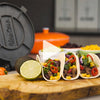

In Stock
ARRIVES 29 Dec - 31 Dec, 2025
IN STOCK ON
16172602797004.jpg?v=1617260283)
16172602797004.jpg?v=1617260283)
1 Cast- iron tortilla press (10-inch or 8-inch tortilla press). Different size options allow you to pick a press that suits all of your tortilla smasher needs. Large flour tortillas are needed to make burritos, but tacos work better with 8-in tinier corn tortillas.
Material: Cast-iron
Item Weight: 7.44 lb/12.62 lb
100 Sheets of parchment paper. Get started without worrying about your tortillas sticking to your tortilla press machine or needing to clean your press.
1 Recipe e-book. This recipe book will provide you with endless inspiration for your press.
161659200457312.jpg?v=1616592007)
Make restaurant-quality tortillas with this professional tortilla press in a matter of seconds!
With a press, you don't have to use the manual method of rolling out tortillas by hand. The press will speed up the process and get perfectly sized and shaped tortillas every single time! This is how to use a tortilla press:
Prepare the corn or wheat flour dough for your tortillas.
Place it onto the inner surface of the tortilla press on top of parchment paper. The parchment paper will prevent your tortilla from sticking to the surface of the press.
Gently close the lid of the tortilla or burrito press to press out a perfectly shaped tortilla.
Once the tortilla is flattened to the desired thickness, simply remove it from the press, and discard the parchment paper.
Cook the tortilla for around 30 to 40 seconds per side in a hot pan, until you can see a nice browned surface developing.
After you've made your tortillas, there are hundreds of recipes you can use them for! Whether you want to whip up a batch of nacho chips using your tortillas, make some bean burritos or use them as wraps, tortillas made in the Uno Casa Press will be a perfect fit for every purpose.
161659200457312.jpg?v=1616592007)
Compared to others, Uno casa Tortilla Press gives you best quality for affordable price
